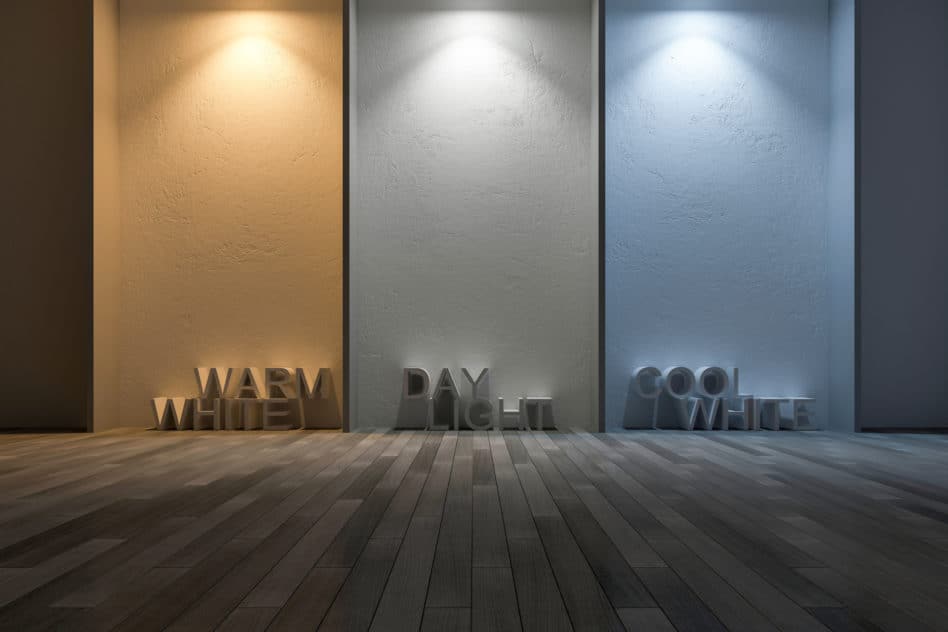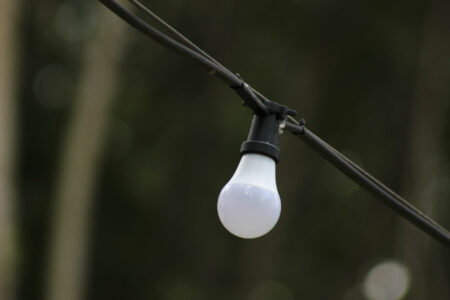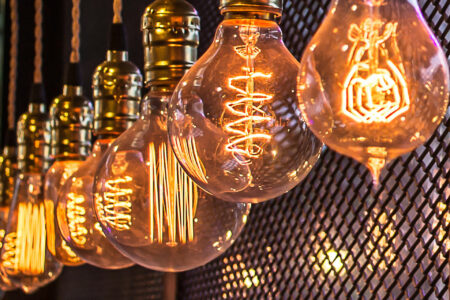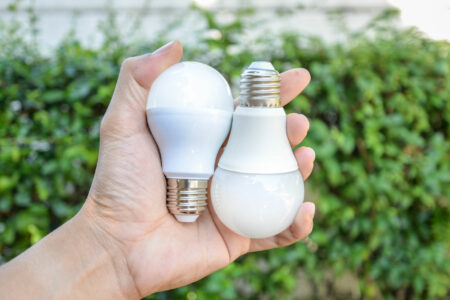The color temperature determines the light color of an LED lamp. This color is indicated in Kelvin and results in how we perceive the emitted light. Warm light colors look very cozy, whereas cold white lamps often look bright and uncomfortable. In this guide you will find all details about the color temperature and the Kelvin specification. You will also find out which light color is best for which room.
What is the color temperature?
The color temperature of an LED lamp is responsible for how we perceive the emitted light. Different color temperatures can be used to create different moods. The color temperature is often divided into these three gradations:
- Warm white
- Natural white
- Cold white (also daylight white)
Light with a warm color temperature has a very cozy effect due to its reddish component. Although cold white lamps appear brighter at the same wattage, they also emit less cozy light. Warm white lamps are therefore mostly used in living areas. Cold white lamps are mainly used in rooms such as study rooms, cellars or storerooms.
If you want to have several light sources with the same light color in one room, you must ensure that the color temperature is identical when you buy them. The color temperature is given in Kelvin.
What does Kelvin mean?
Kelvin is the decisive value for describing the color temperature or light color. The value is abbreviated with the capital letter K. This should always be indicated on the packaging of an LED lamp or in the online shop. Relying only on a rough description such as warm white can later lead to disappointment.
Kelvin values of known light colors:
- 1500 K – Candle
- 2700 K – Incandescent lamp (60W)
- 2800 K – Halogen lamp
- 4000 K – Fluorescent lamp (natural white)
Kelvin Table
In this table you will find the most common color temperatures with a description of the lighting mood and the usual places of use.
| Color temperature | Light color | Description | Rooms |
|---|---|---|---|
| 2700 K | Warm white | Comfortable, warm, cozy light | Living room, bedroom |
| 3000 K | Bright warm white | Homey light, slightly brighter than warm white | Living space, exterior, restaurants |
| 3500 K | Natural white | Objective, friendly mood | Corridors, offices, showrooms |
| 4000 K | Natural white | Brightly appealing light | bathroom, kitchen, basement, garage |
| from 5300 K | Daylight white | Similar to daylight, with high proportion of blue | Industrial areas, classrooms |
Details about the unit Kelvin
If you are interested, here you will find more in-depth details about the Kelvin unit in connection with the color temperature. As you may have noticed, the unit Kelvin (K) is normally used for the absolute temperature and for temperature differences. This is also the case for determining the color temperature.
The Kelvin value for a certain color temperature is obtained as follows: A so-called black body (which in theory swallows all light) is first heated until it glows red. If the temperature continues to rise, the red color first changes into yellow tones and later into light blue light.
The color temperature is ultimately determined by how hot the black body must be in order to emit light in the same color.
Which color temperature to use where?
You might ask yourself with which color temperature you should buy your LED lights. This is certainly also a matter of taste, but the following recommendations will help you to make your choice.
Warm white – 2000 to 3000 Kelvin
Most people like it to have a comfortable light in the living area. The redder the light, the more relaxed the mood it creates. Warm white LED lamps with a color temperature of up to 2700 K are suitable for cozy lighting. Such lamps can often be found in the living room, dining area or any other room where you want to relax.
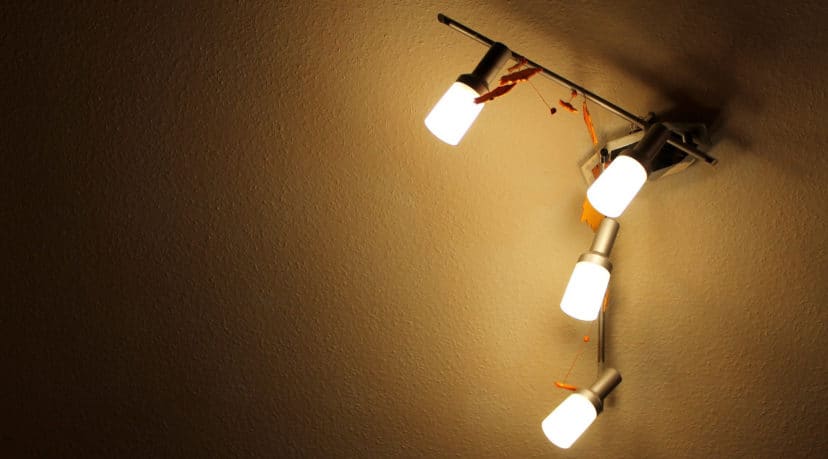
Natural white – 3300 to 5300 Kelvin
Natural white light creates an objective, positive atmosphere. It is therefore frequently used in kitchens, bathrooms and corridors. This color temperature range is also suitable for illuminating offices.
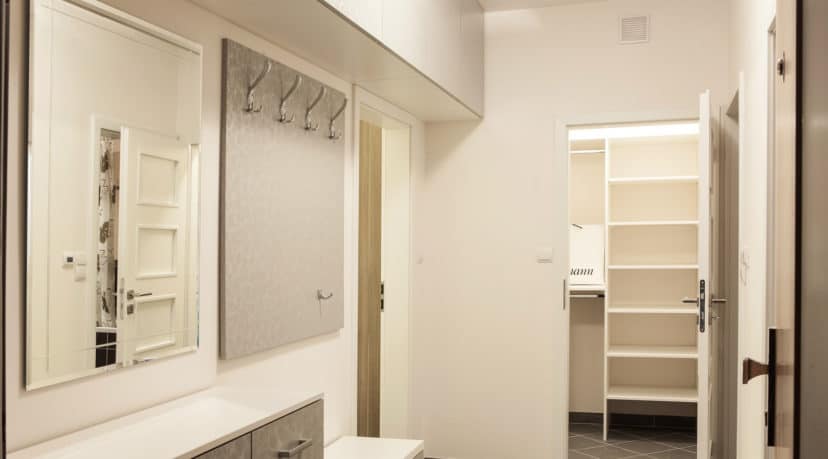
Cold white – from 5300 Kelvin
Cold white is also known as daylight white. It corresponds to daylight during lunchtime. Cold white light promotes concentration and is therefore very suitable for workplaces where creativity and a high level of attention are required.
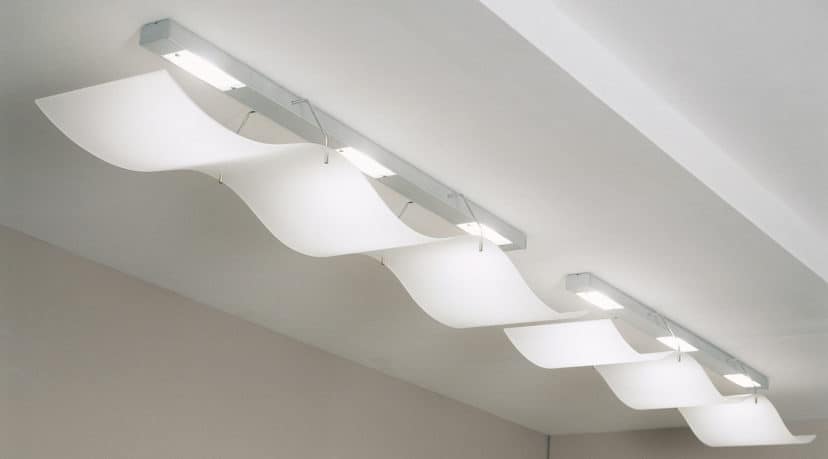
Adjustable color temperature
If you don’t want to set a color temperature, there are now also LED lamps with an adjustable color temperature available. On the one hand there are dimmable LED illuminants, which lower their color temperature during dimming. This not only makes the light darker, but also warmer in color. The result is a very cozy lighting atmosphere.
There are also LED ceiling lights or LED desk lights with a color temperature that can be switched in steps. For example, you can set a warm white light color to relax. If you want to concentrate on something, you can switch to a cold white color.
